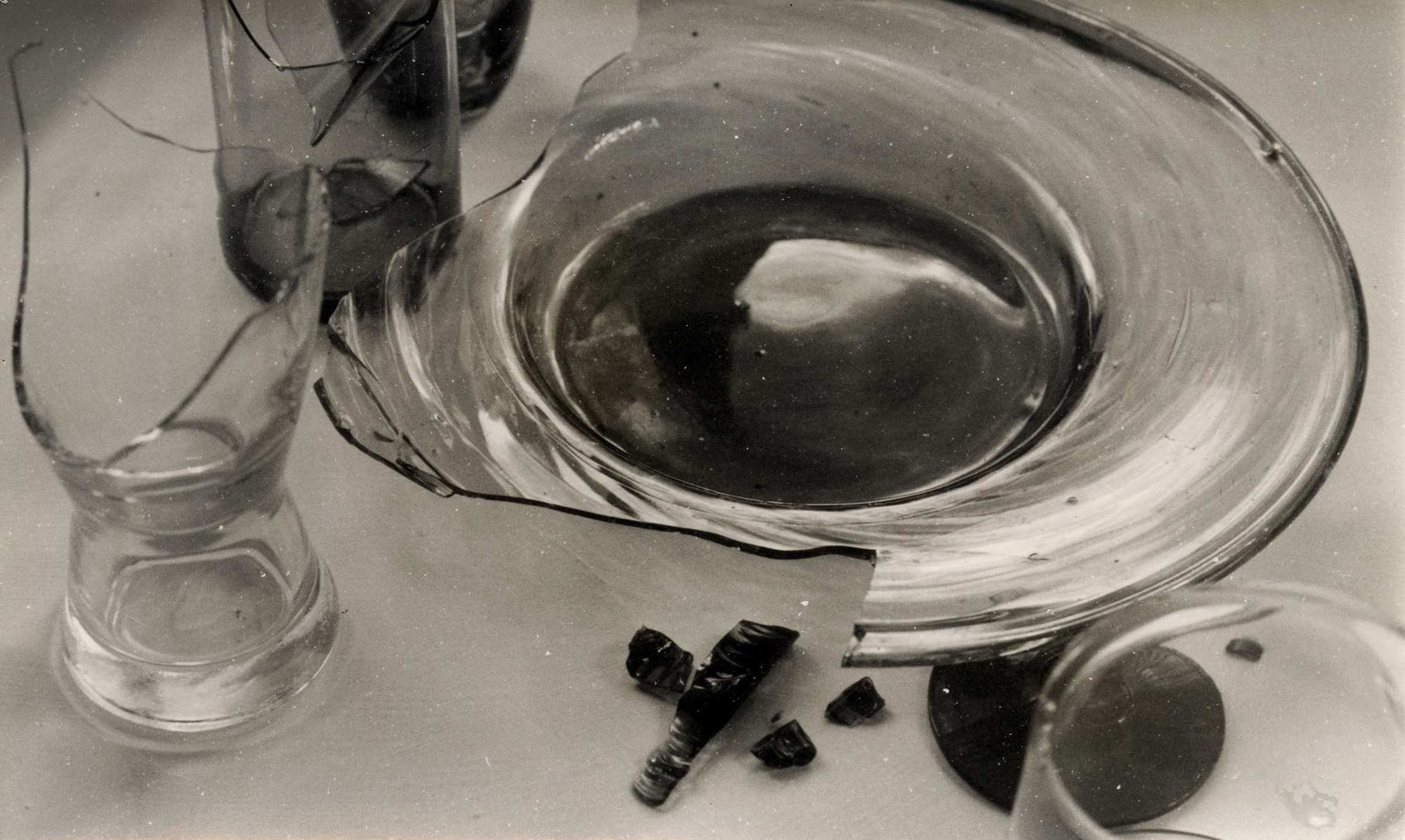
Untitled, 1972
The New York Times, September 13, 2023
“What to See in N.Y.C. Galleries Right Now”
By Arthur Lubow
When in late 1965 Jay DeFeo removed “The Rose” — an abstract painting that weighs almost a ton and remains by far her best-known work — from her San Francisco apartment studio, it was the end of a long-term relationship. To build it, she had slathered and chiseled layer upon layer of thick oil-based paint for eight years. Adding to the upheaval, her marriage was collapsing.
Artistically paralyzed for several years afterward, DeFeo found her way back through a serious engagement with photography that began around 1970. Hardly shown publicly in her lifetime, her remarkable photos are featured in their most extensive exhibition to date, “Inventing Objects,” at Paula Cooper Gallery, and a just-published monograph, “Jay DeFeo: Photographic Work.”
Like Man Ray, whom she admired, DeFeo prized vision and originality over technical proficiency. Like him, too, she explored cameraless photography to compose abstract forms. Some of her photographs were sketches for the acrylic paintings she made post- “Rose,” but most were conceived as independent works.
Her black-and-white photographs, like her typically black-and-white paintings, reveled in geometric patterns she located in landscapes and botanical studies, recalling Californians of the previous generation — Edward Weston, Ansel Adams and especially Imogen Cunningham. She added her own twist, as in juxtaposing veined tropical leaves against a greenhouse glazed grid.
DeFeo loved fragments. She isolated part of a fringed white lampshade against a black wall. She assembled torn-out images to make collages and arranged broken glassware before her camera. Destruction, construction — they were equally beautiful to her.
